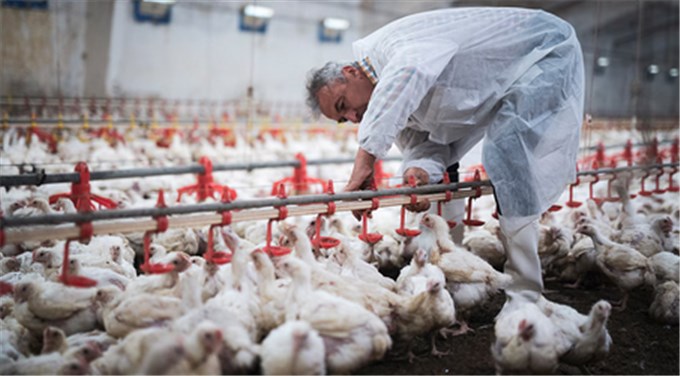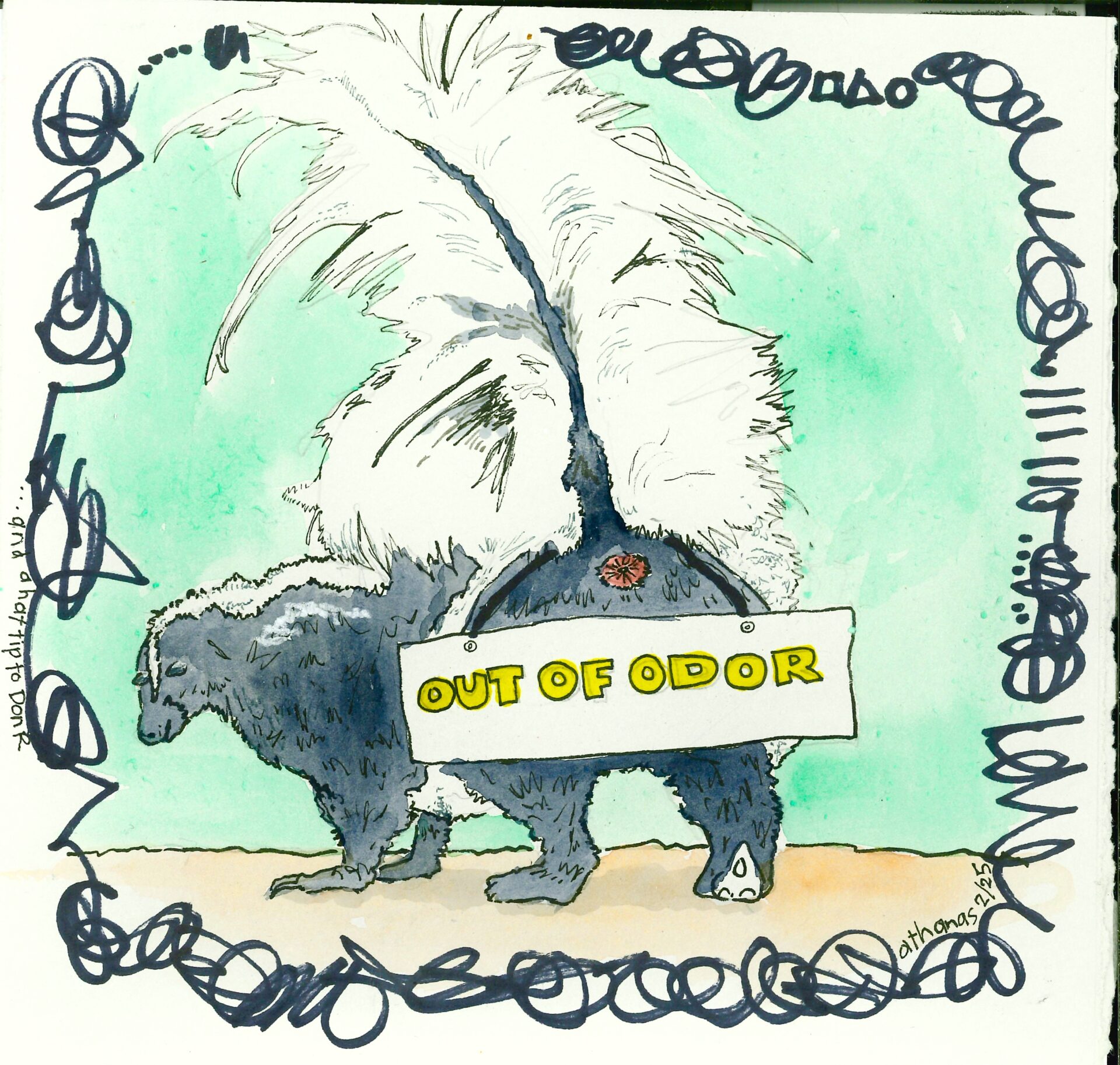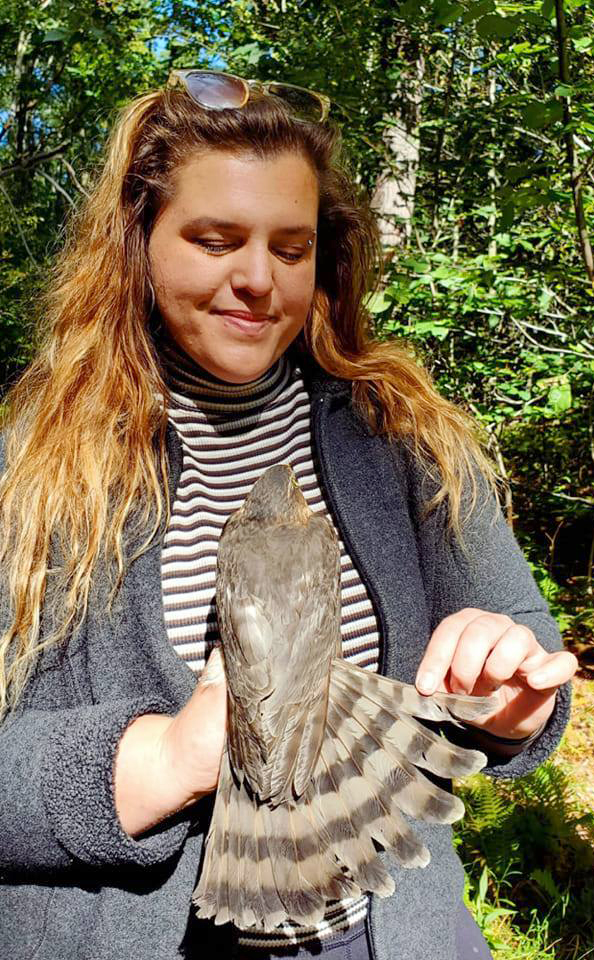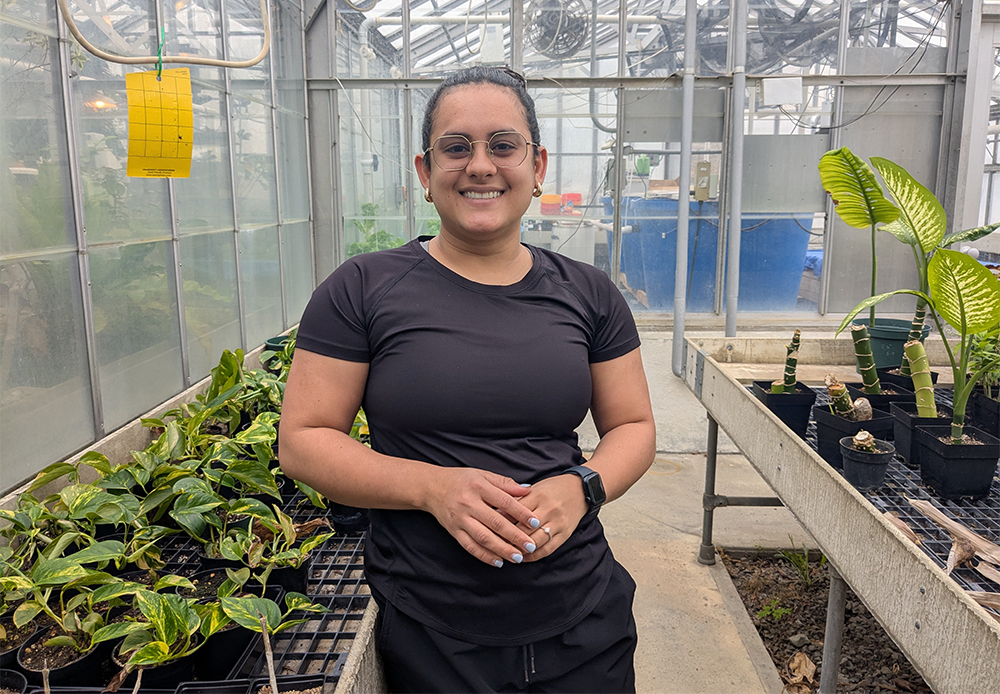Bye MAC tourney, hello spring
On The Flyby Sports Podcast, co-hosts and school rivals Chas McNeil and Max Alfonso dive into Falcons and Rockets athletics, including stats, scores and predictions. On every episode, they recap the past week’s sports news, update you on the play schedule for the upcoming week, select their athletes of the week, and more.
For this episode, McNeil and Alfonso talk all things MAC Tournament, held March 12-15 at Rocket Arena in Cleveland. All four University of Toledo and Bowling Green men’s and women’s basketball teams made it to the quarterfinals, but only one advanced to the championship game – the UT Lady Rockets, who fell to Ball State 58-65.
The co-hosts also talk portal transfers and coaching changes; an historic run for BGSU baseball and a playoff departure for Falcon hockey; get into the past week’s game recap for all sports; select their athletes of the week; bid goodbye to winter sports; and welcome baseball and softball season.
New episodes of the The Flyby Sports Podcast drop every Saturday.
The Flyby Sports Podcast is a production of the Toledo Free Press.
Junction Family Pharmacy fills gap to support community needs

TOLEDO – Standing with his family in front of their Junction Family Pharmacy, Anthony Pattin sliced through the blue ribbon with oversized scissors to cheers and applause – the Junction Family Pharmacy is now official.
The ribbon cutting on Friday was only symbolic, of course, because the only black-owned pharmacy in Toledo has been open for business since December.
Among those joining Pattin behind the ribbon was Congresswoman Marcy Kaptur and Toledo city council members at-large Brittany Jones and Cerssandra McPherson.

It was a momentous moment for Pattin because as corporate pharmacies close, leaving community members without care, Junction Family Pharmacy is stepping up to fill the need.
When Pattin learned about the closures of two Rite Aid locations in the area, he figured it was the perfect time to move his family back to his old neighborhood and start a pharmacy practice of his own in the Junction neighborhood.
Pattin had been working as a clinical associate professor at the Buffalo Pharmacy of Pharmaceutical Sciences in New York, but decided he was ready for a career change after working in academia for 15 years.
“I wanted to serve patients more directly,” Pattin said. “With the Rite Aid departures, it just seemed like a great opportunity and a big need in the community that I could fill.”
Unlike chains, Pattin said local pharmacies have more opportunities because they aren’t restricted by corporate processes and structures.

“As an independent [pharmacy], you can serve patients; you can have more connection with them; get to know them; and, as an owner, you can do things to fit your patients,” Pattin said.
Even in the wake of mail-order prescriptions, he said in-person pharmacies are important to patients.
“They want somebody they know handling their medications, or a place that’s close they can call and is accessible,” Pattin said.

Community leader Cedric Brock, pastor of Mount Nebo Baptist Church, said he thinks Junction Family Pharmacy could encourage entrepreneurship in Toledo, especially for the younger generation.
“[Pattin] sets the right example for people to see they can do it too,” Brock said.
Brock, who knows Pattin from the Interdenominational Ministerial Alliance, called Pattin a “bridge builder,” referencing his impact on providing resources for Toledo residents.
Additionally, Brock said the location of Junction Family Pharmacy makes medicine accessibility easier for senior citizens.
“We used to say that every American lives within five miles of a pharmacy, and maybe that’s not quite so true anymore because there’s been a lot of closures, but we know that accessibility really helps health outcomes,” Pattin said.
Research from the University of Southern California on the relationship between pharmacy access and health equity supports Pattin’s claim stating, “Lack of easy access to prescription medications and other pharmacy-based services may contribute to health disparities.”
As Pattin has been working to establish himself in the community, he said business has grown and he has gained more patients.
“Since December, I’ve had some patients that I’ve seen repeatedly, so I know the medications they’re on or know some of the issues they’re dealing with, so you can have a better conversation when different things or when something new arises,” Pattin said.
Junction Family Pharmacy is not only helping community members who are patients, but is also providing opportunities for pharmacy students at the University of Toledo to complete their advanced pharmacy practice experiences, a requirement for pharmacy students to graduate.
Pattin has ties to UT as an alumnus and former associate professor. Despite no longer teaching, he said he is looking forward to working with students in a new capacity.


Millions of birds killed to fight bird flu

OHIO – According to the Centers for Disease Control, Ohio currently has the highest number of avian flu cases in the U.S.
As one of the top three egg-producing states, along with Iowa and Indiana, the outbreak has had a detrimental impact on Ohio’s poultry industry. Since December, nearly 15 million birds across Ohio have been killed to stop the spread of the disease.

When I was a 12-year-old living on a small farm, one of my jobs was to kill one of our chickens for Sunday dinner. They had the run of the place, so catching them was challenging. It wasn’t pleasant, but it was a regular part of life for a country boy. Humans kill animals for food.
To me, chickens were very interesting. I remember them being smart with individual personalities – some were quiet and laid back, while others were outgoing and feisty. Most people think of them as just being dumb birds to turn in to McNuggets and wings. I know better.
Chickens are a mainstay of American life, but the way we raise them now is a far cry from how my family (and many other families) did when I was young. Raising them on factory farms may be increasing susceptibility to diseases, such as bird flu.
Today’s mega factory farm, which is common in the industry, often raises more than 500,000 chickens per year. These farms usually have multiple broiler houses. A broiler is a chicken raised for meat, and most of them are killed when they are 5-7 weeks old.
Each house holds between 20,000 and 40,000 chickens, each occupying approximately .8 to 1.0 square feet of space.
According to the Ohio Poultry Association, Ohio is the No. 2 egg farming state in the U.S. and produces 10 billion eggs each year; Ohio chicken farms produce 554+ million pounds of chicken annually; and Ohio ranks 9th in the nation for turkey farming.
Avian flu outbreak
In February, Ohio confirmed its first human case of bird flu. The individual, who worked at a farm in Mercer County and had contact with infected birds, tested positive for the virus.
According to the CDC, cases of bird flu in humans in the United States caused by the Avian Influenza A(H5) virus have mostly been mild. Infections mainly occur in people who work closely with sick or infected animals. Symptoms are variable, but often include eye redness, fever and respiratory issues. Serious illness caused by this virus is possible, so continued prevention and monitoring are needed.
In an interview on News 5 Cleveland, Dr. Erika Sobolewski, Summit County’s public health medical director, stated that “sure, the bird flu news is always concerning, but really, it’s a low risk to the average Ohioan. At this point in time, the people who should really be cautious are any of those people who work with poultry, particularly anyone who has sick or dead poultry or even wild birds. Those are the people who should really be taking precautions.”

Speaking for herself and not for the University of Toledo, Dr. Joan Duggan, a UToledo professor of medicine specializing in infectious diseases, said the current state of avian flu “is something we’ve been worried about since the late 1990s, when we first started to see this specific strain start to move through the avian population. We have been getting ready for it over the last 20 years, with some vaccines, with some strategies, and considering different medications.”
So, the current state of play with avian influenza is that we’re seeing outbreaks, not unheard of before, but we’re seeing outbreaks with both migratory birds and domesticated birds, that spill over into the mammal world – cows specifically – and that’s what gets everybody very nervous, because, as we have everybody in close contact together, cows, chickens, humans, everybody’s mixing viruses back and forth.
Dr. Joan Duggan
One worry is that the bird flu viruses will continue evolving so that they will be able to infect many more animals beyond their natural reservoir in wild birds. The bird flu has already moved from wild birds into domestic poultry, pigs, cats and dogs, and wild mammals, including seals and humans. At present, while humans can be infected, the bird flu does not appear to be transmitted between humans.

Bird flu has also killed house cats, raccoons, skunks, seals, leopards, and several other mammals. In the United States, there have been 67 confirmed human cases of H5N1 bird flu since 2022, with the first death reported in January 2025. The risk to the general public presently remains low due to the lack of person-to-person transmission.
There is a controversy about the possibility that housing 20,000 to 40,000 birds in close quarters might make it easier for the avian flu virus to mutate, potentially becoming more problematic for humans.
Some of the proponents of the present system say that since the birds are housed inside, the risk of them catching the avian flu is minimal. Those on the other side of the debate say that the conditions in factory farms can, in fact, potentially lead to concerning viral mutations. They also say that while birds are housed inside, workers can bring the avian virus inside on clothing, footwear, machinery and contaminated feed.
As stated earlier, to date, the disease is not presently transferable from human to human, and only one death has been reported in the United States.
If you find a dead bird you suspect might have avian flu, Mike Reynolds, with the Ohio Department of Natural Resources, offered some advice.
“The public needs to know that we really need you to stay away from sick or dying wildlife. Call the experts. Call the Ohio Division of Wildlife. We’ll tell you what to do,” he said.
“And if you have kids or pets, and you really need to get the dead animals out of the area, we’re going to have you wear personal protective equipment, like rubber gloves and an N95 mask or goggles, or a face shield, and put those birds in a double bag and dispose of them properly.”
For information on backyard flocks, go here.
The Division of Wildlife asks people to call 1-800-WILDLIFE (1-800-945-3543) and report sightings of dead birds in groups of more than six.





















